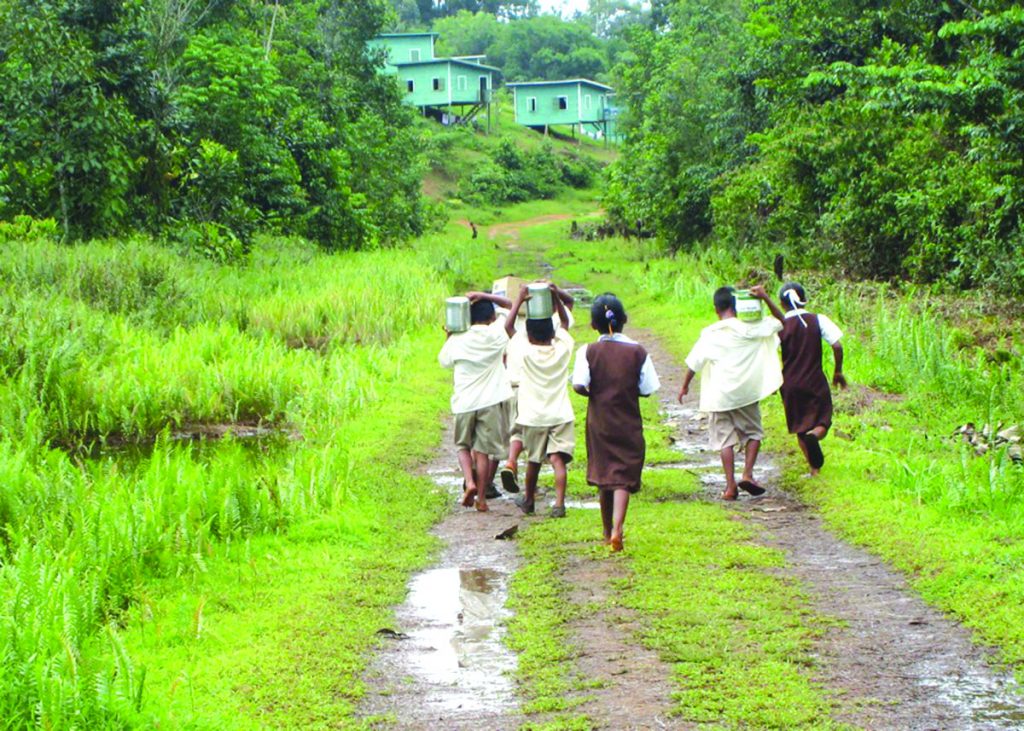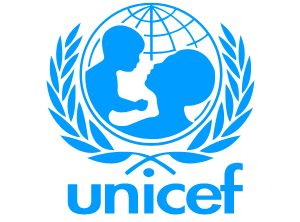Home News 1 in 4 Amerindian children considered stunted – UNICEF
The United Nations Children’s Fund (UNICEF) has disclosed that one in every four Amerindian children is considered as suffering from stunted growth.
According to a recently released report, children living in poor families and those living in the interior of the country have double the chances of being stunted than the national average.
The nutritional status of children and women are determined by immediate, underlying and structural causes that involve, among others low birth weight; inadequate dietary intake – which should start from breastfeeding; constant diseases that weakens the children; and household food insecurity – determined by the economic conditions that family has, among others.
The report said while Guyana has met the Millennium Development Goal target of halving the proportion of people suffering from hunger, a considerable percentage of children still suffer nutritional problems in the country. 
Therefore, it indicated that the challenge presently is to reach the new targets set by the Sustainable Development Goals, which claims for ensuring access to safe, nutritious and sufficient food and to end all forms of malnutrition, including stunted growth, while addressing the needs of adolescent girls, pregnant and lactating women.
So far, Government has been revising the 2002 Food-based Dietary Guidelines, focusing on reducing the impact of iron deficiency anaemia, emphasising the importance of breastfeeding and addressing the emerging treat of non-communicable diseases, among others.
“Around nine per cent of children under the age of five in Guyana are moderately or severely underweight and two per cent are classified as severely underweight. Twelve per cent of the children are stunted (too short for their age), and 3.4 per cent are severely stunted. Some 6.4 per cent are considered to be wasted, or too thin for their height, being 1.7 per cent considered severely wasted,” the report noted, pressing that stunted growth should be seen as a major concern for Guyana.
It stated that a child who is stunted often appears to be normally proportioned but is actually shorter than normal for his/her age. Stunting usually begins before birth and is caused by poor maternal nutrition, poor feeding practices, poor food quality and frequent infections that can slow down growth.
Notably, it is irreversible after a certain age; hence, the report said to have an impact on stunting levels, nutrition interventions need to be targeted to women during pregnancy and to children from birth to 18 months of age.
“At short-term, stunting increases the chances of death among children between the ages of zero and five; and decreases his/her cognitive, motor and language developments. At long-term, stunting is related to obesity, low school performance and low learning capacity, and, consequently, low work skills and productivity.”
It also emphasised that greater proportions of children in Regions Seven (Cuyuni-Mazaruni), Eight (Potaro-Siparuni) and Nine (Upper Takatu-Upper Essequibo) are found to be moderately or severely underweight (12 per cent) and moderately or severely stunted (27-28 per cent). It added that Regions Seven and Eight also have the highest proportions of children who are severely underweight, with five per cent; as well as severely stunted, with 11 per cent.
In contrast, the percentage wasted is highest in Regions Three (Essequibo Islands-West Demerara) and Six (East Berbice-Corentyne) with nine per cent), the report noted, stating that while the differences are relatively small for underweight and wasting prevalence between the areas of residence for both urban-rural and interior-coastal disaggregation, as it relates to stunting, children in interior areas are twice as likely as those in coastal areas – 10 per cent.
The Government has a National School Feeding Programme that seeks to fight issues of nutrition and stunting, specifically in the hinterland region. The programme supplies biscuits and fruit drinks – for Region Nine, it also supplies peanut butter and cassava bread – and targets all nursery and primary school age children (up to Grade Two).
As of April 2016, more than 45,000 boys and girls were beneficiaries of the programme.
However, the report stated that household wealth is clearly associated with the nutritional status of children relative to underweight, stunting, and wasting since as household wealth and mother’s education increase, the likelihood of the children to be moderately or severely underweight, stunted, and wasted decreases.

